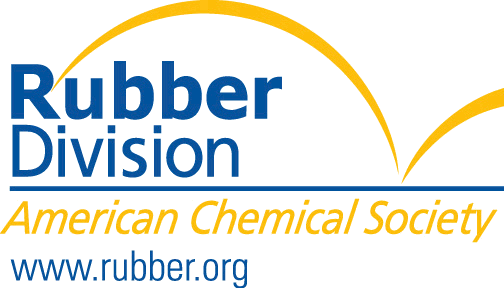38
New Understanding of Interfacial Interaction, Filler Dispersion and Mechanical Strengthening of Rubber Nanocomposites through Simulation and Experimental Studies
New Understanding of Interfacial Interaction, Filler Dispersion and Mechanical Strengthening of Rubber Nanocomposites through Simulation and Experimental Studies
Wednesday, October 13, 2010: 8:30 AM
Abstarct Novel information about rubber-filler interfacial interactions is obtained by carrying out a detailed coarse-grained molecular dynamics simulation. The structural and dynamic properties are characterized away from the filler surface by tuning the polymer-filler interaction, filler size and filler loading. It is found that the ranges of the perturbed region of polymer chains are all confined approximately within the radius of gyration around the filler. Moreover, the packing of the polymer chains on the filler surface is induced by the interfacial enthalpy, while the size and shape of polymer chains approaching the filler are controlled by the conformational entropy. Remarkably, our simulated results provide conclusive evidence that the interfacial region is composed of partial segments of different polymer chains, supporting the experimental assumption from Chen et al. (Macromolecules, 2010, 43, 1076). Meanwhile, from the point of kinetics and thermodynamics, we conclude that it is impossible for polymer chains to be fully anchored on the filler surface to form the so-called “glassy layer” surrounding the filler, in contrast with the literature (Merabia et al. Macromolecules, 2008, 41, 8252). In the case of strong rubber-filler interaction (equivalent to the hydrogen bond), the interfacial chains are suppressed to some extent but still undergo the adsorption/desoprtion process, exhibiting greater dynamics than that of the glassy state. Additionally, the parameters controlling the clustering and flocculation process of the nanoparticles are also explored in detail. In particular, the aggregation or flocculation kinetic process of nanoparticles is monitored through simulation. From a fundamental point of view, the possible approaches to attain good nanoparticle dispersion are discussed.
